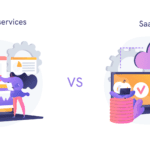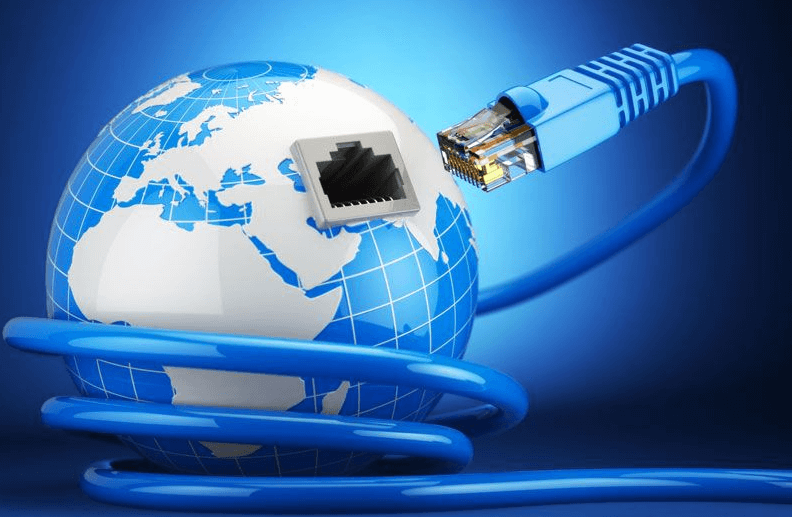The digital transformation in the agriculture sector is underway, and the internet of things (IoT) has pushed the sector to the next level. The traditional agricultural practices are replaced by smart processes day by day. From precision farming to increasing yields and from reducing overall operational costs to efficient utilization of resources, IoT has the potential to transform agricultural practices. Market players operating in the agritech space have been trying to solve the issue of connectivity through the implementation of satellites.
The utilization of technologies such as artificial intelligence (AI) has been increasing day by day to collect data and extract actionable insights. The deployment activity of IoT sensors will take place in order to increase agricultural yield. The implementation of IoT in agriculture will increase in the coming years. According to the report published by Allied Market Research, the global IoT in agriculture market is estimated to reach $48.71 billion by 2025.

Image Source: https://pixabay.com/photos/barley-field-wheat-agriculture-1684052/
Following are some of the applications taking place across the world:
- Collection of data from remote locations through satellite IoT
Availing data from remote locations of farming enable farmers to make data-driven decisions and achieve enhanced efficiency and profitability. Market players have adopted various strategies to collect data from remote farming locations and provide information to farmers. A partnership is one of the major strategies that enable market players in combining resources to collect data and provide high-value insights to farmers. The predictive agricultural technology company Agrology partnered with low-orbit satellite systems provider Wyld Networks.
Agrology installed sensors at remote farm locations. Satellites by Wyld will collect the data from these sensors and provide important information to customers of Agrology. Through the partnership, both companies aim to provide data in real-time for farmers.
One of the major challenges in implementing IoT in agriculture is connectivity. Only 15% of the surface has been covered by wireless connectivity across the world. The agriculture sector has been one of the most affected sectors due to lack of connectivity. Through this partnership, the companies will utilize satellites and machine learning predictions for helping farmers in planning and mitigating the threats with the help of IoT technology.
- Efficacy of AI in decision-making
The strategy of partnership has been adopted to provide benefits of AI for farming purposes. No code AI solutions provider Sway AI joined hand with Trilogy Networks to join Rural Cloud Initiative (RCI) in the U.S. The wide range of data will be utilized for developing AI-powered precision agricultural solution that would help farmers in making data-driven decisions. Sway AI and Trilogy’s digital agriculture platform will utilize RCI’s partner’s edge wireless technology. This combination will collect farm-related data from different inputs and AI technology will be utilized to offer insights to farmers.
The partnership has been formed to offer a unified platform for farmers. There are a lot of applications available in the market that offers data and insights on farms. However, this huge number of application creates barriers in sustained usage. The unified platform will offer actionable data and extensive insights regarding farms. Different IoT devices will be utilized for gathering data and providing actionable insights. These insights are expected to offer decision-making capabilities.
- IoT to increase agricultural yield
Market players have been striving to improve production yield in United Arab Emirates. Abu-Dhabi-based agritech firm Silal teamed up with Hoogendoorn for deployment of IoT sensors across 100 farms in the country. The partnership is aimed at helping farmers in making smart decisions for crop management, irrigation, fertilization, and others. They aim to achieve increased local produce through implementation of IoT sensors.
These sensors will be deployed for measurement of environmental conditions such as humidity, vapor difference, temperature, pH, moisture of soil, and others. In addition, they monitor growth and needs such as energy, water, fertilizers, and others. AI-powered computers have been deployed for processing data collected from sensors and devising growth plans. The insights will be helpful for increasing agricultural yield.
Martin Helmich, the Chief Commercial Officer for Hoogendoorn Growth Management, highlighted that the local production is becoming more important than before. In the Middle East region, there has been a significant interest in utilizing technology for raising farm produce and use resources efficiently. Along with Silal, the company aims to create a decision-support system for increasing food production in the local regions.
Conclusion:
Innovative applications of IoT will increase in the next few years in agriculture with surge in interest in advanced technologies and need to improve overall yield. In addition, market players operating in the agritech sector will adopt strategies such as collaborations, joint ventures, expansions, and others to expand their offerings for farmers. The new age farmer will become a smart decision maker with innovative technologies and platforms at disposal.
Author bio –

Pratik Kirve is writer, blogger, and sport enthusiast. He holds a bachelor degree in Electronics and Telecommunication Engineering and currently working as a Team Lead – Content Writing at Allied Market Research. He has avid interest in writing news articles across different verticals. When he is not following updates and trends, he spends his time reading, writing poetry, and playing football. He can be reached at pratik.kirve@alliedmarketresearch.net
LinkedIn – https://www.linkedin.com/in/pratik-kirve-8213b284/








